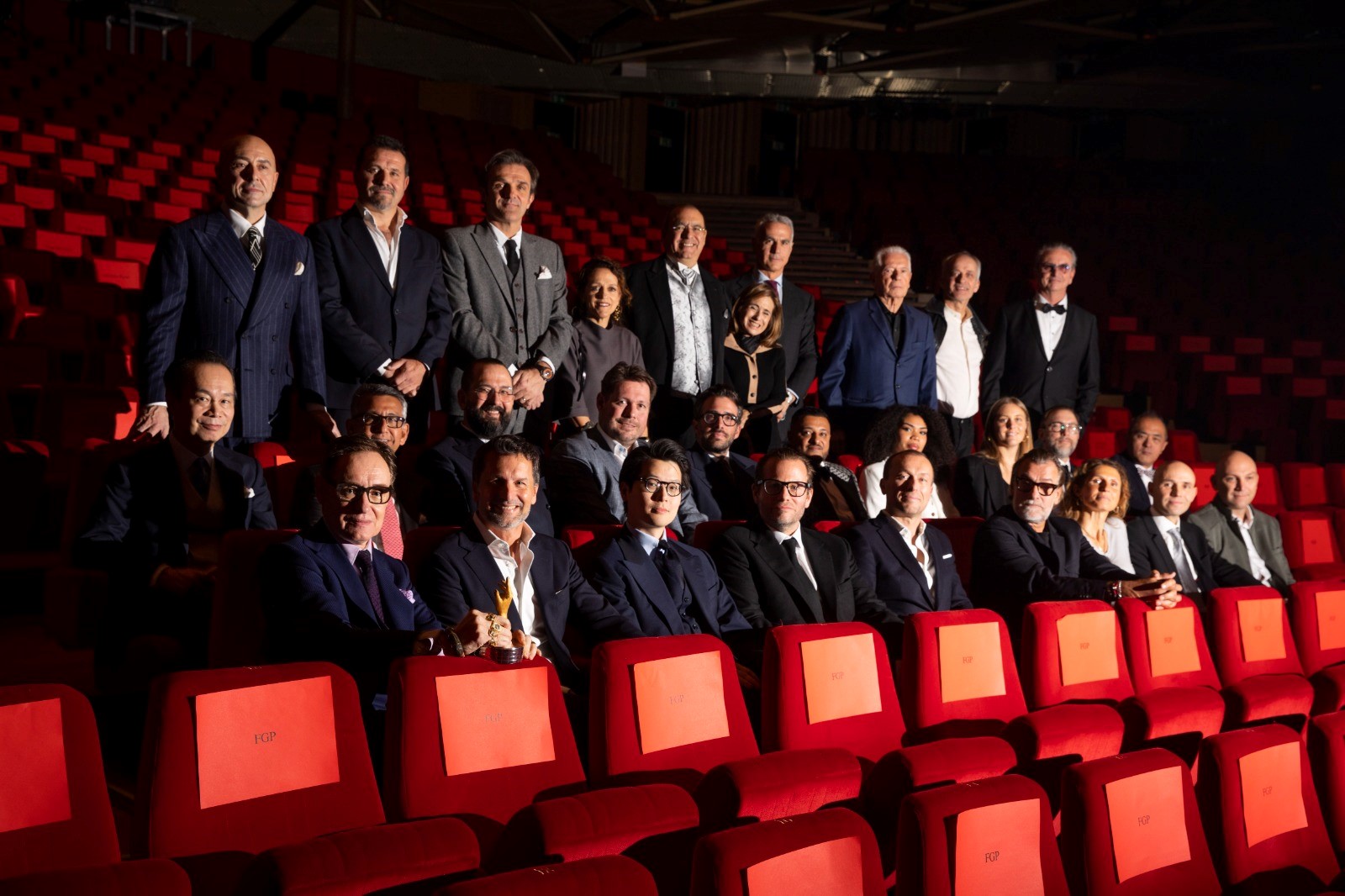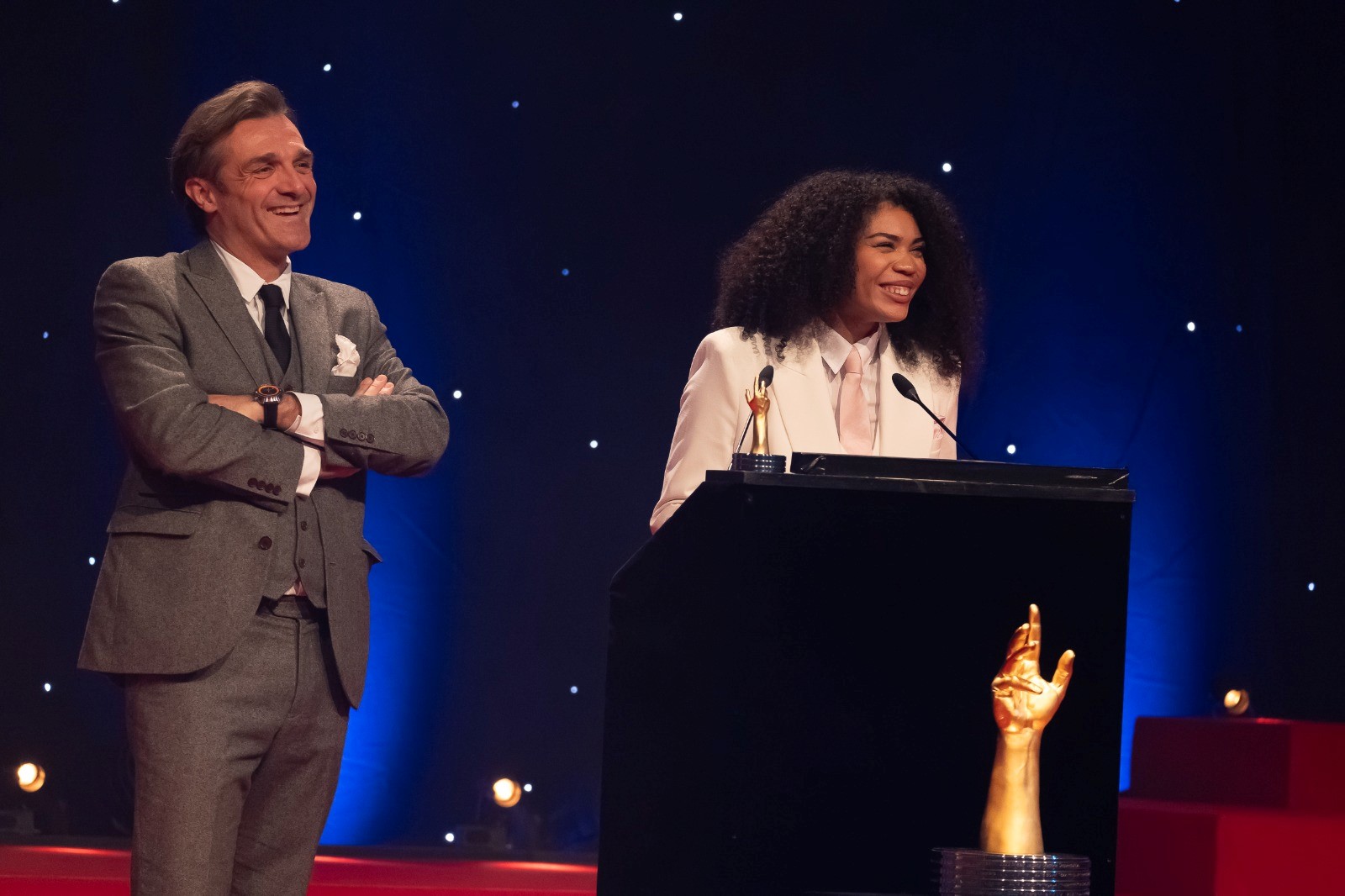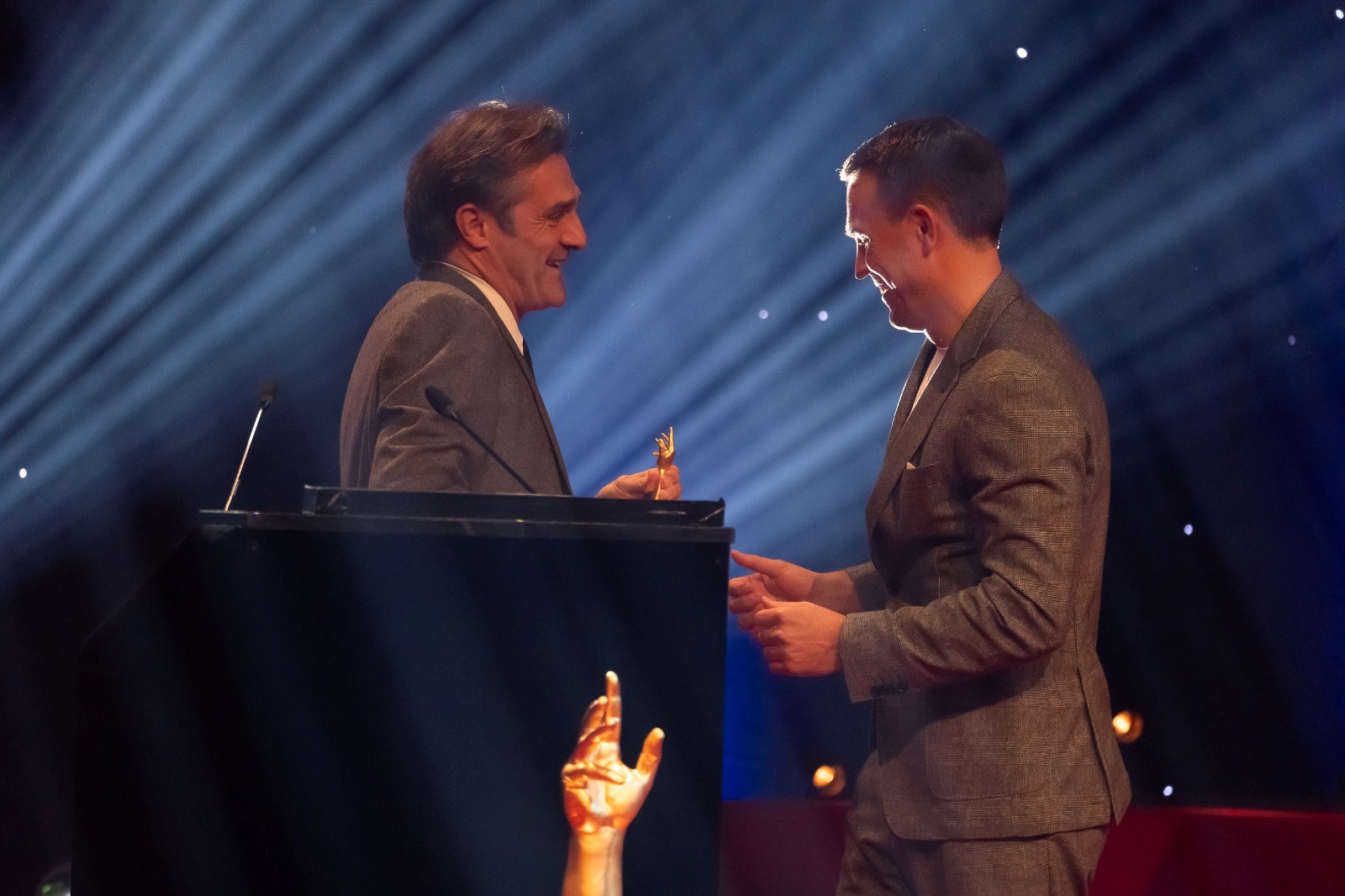Have you ever wondered how the winners of the Grand Prix d’Horlogerie de Genève are selected? Pietro Tomajer, co-founder of The Limited Edition and one of the UK’s leading experts on independent watchmaking, was on this year’s jury and tells WatchPro what goes on behind the scenes.
WATCHPRO: How did it feel to be asked to judge the ‘watch Oscars’?
PIETRO TOMAJER: It was totally unexpected but I can’t hide that I am very grateful to the GPHG.
The GPHG, or the ‘Oscars of Watchmaking’ as defined by many, represents the essence of the watch industry establishment, the core and heart of what this industry stands for. So, to be invited to such a symposium was for me a genuine surprise and I honestly felt humbled.
After rationalising, I believe that our presence must be connected with the huge popularity that independent watchmaking has gained over the last few years, and there is probably a recognition of the humble role we have played to expose them, virtually becoming the ‘Home of independent watchmaking’ over the last ten years.
I feel we are basically entrusted to give more representation to the independents within the GPHG, and we were happy to do that with energy, humility and gratitude.
As I stated more than once, if watchmaking is here to stay, it is because of the work and drive of the real pioneers, the artisan watchmakers (I have a fascination for the solo watchmakers) and indie brands. And it is a honour to be witnessing this particular times, as we experience it first hand.

WATCHPRO: What did you look for in a winning watch (obviously different for different categories, but what was the overarching criteria)?
PIETRO TOMAJER: After having contributed to the selection of the finalists, via a vote that has involved all the 800 GPHG Academy members, a member of the jury is asked to compare the six finalists for every category, and choose the best in his opinion.
So arguably, at this stage, most of the watches that reached the final selection would inherently have most of the elements that, personally, I would find important to deserve a win.
Although design, history and the Metiers d’art all generally play an important role, for me it is the level of creativity, the inclination to innovate, the mechanical complexity and, something I really value, the overall look of the mechanics as paramount criteria. The artisanal finishing is something I really value too, as a final decider of my actual selection.
WATCHPRO: Was it valuable or a hindrance to have the input and opinions of the other jury members when choosing a winner?
PIETRO TOMAJER: During the selection process, in the morning the jury members are split and grouped in smaller workshops, with six sitting around a table and being submitted the candidate watches per category.
At this very moment, jury members can exchange opinions, observations and comments, but the final decision/vote is absolutely personal, secret and handed over directly to the two notaries. So this part is pretty straight forward and every juror can virtually vote any of the six finalists for every category.
In the afternoon the Jury has to first agree on the candidates for everyone of the ’special prizes’ (Revelation, Innovation, Jury, Aguille d’Or, Chronometry and Audacity). So the number of candidates is limited, and every juror can only vote on the restricted number that makes the initial selection.
Every juror can propose a candidate and make an internal case for a specific watch or watchmaker, but this has to be approved by the jury for everyone to be able to vote on it.
Personally, it was an enriching experience to confront my opinions with the other jury members, and watchmakers like Daniela Dufour, Vianney Halter, Dominique Renaud, Eva Leube, Stefan Kudoke, Max Busser (just to name a few), and I feel that even on the special prizes a satisfactory balance was reached.
WATCHPRO: Were there any particular categories that you preferred, or felt more aligned with, over others?
PIETRO TOMAJER: The Audacity Prize for the (sometimes irreverent) creativity and the Challenge Prize, being always so curious and eager to find out ‘what’s new’.
I am perhaps not a big fan of the most generic prizes, such as ‘Men’s watch’ or Lady’s watch’ or ‘Iconic watch’, as I find that these distinctions are becoming slightly anachronistic and, to say the least, too generic.
The Petite Aiguille is a natural favourite as we have also put a lot of energy to pass the message, across the years, that artisan mechanical watchmaking don’t necessarily have to break the bank to please the most astute watch collector.
There are a number of great watchmakers that strive to propose high quality at very reasonable price, packed with creativity, good mechanics and good finish. Like in everything, we just need to passionately look for it, and research.
WATCHPRO: What happened if there was a conflict of interest with a jury member and a brand in a particular category (i.e. a jury member working for a brand, like Mo Coppoletta and Bulgari, or retailing a brand)? Did the jury member have to stand down?
PIETRO TOMAJER: This is an interesting question to which I guess only the GPHG could answer better.
The sets of rules listed on the GPHG website comes really helpful: https://www.gphg.org/horlogerie/en/gphg-2023/rules.
Namely: ‘If the representative is directly related to one or more other brands, he/she will not take part in voting in the categories in which timepieces from this (these) brand(s) participate.’
From my point of view, it is true that as any other watch or art lover, we all have favourites or pieces we do not particularly relate to, and as ‘insiders’ in the Academy or in the jury, we may obviously have a direct or indirect involvement in the trade.
However, the sheer amount of different people involved (800 academy members plus 28 members of the jury) seems to be mitigating potential biased stances.
Moreover, on an occasion like this, you would think that everyone involved would simply enjoy the moment and express his own vote in bona fide.
I can certainly say that this is exactly what I did, as it was such a privilege to be given this opportunity, which I would not spoil based on some blurry potential personal goals.
For all the rest I will be publishing a video soon, to explain the ins and outs of the whole GPHG Jury voting process.


